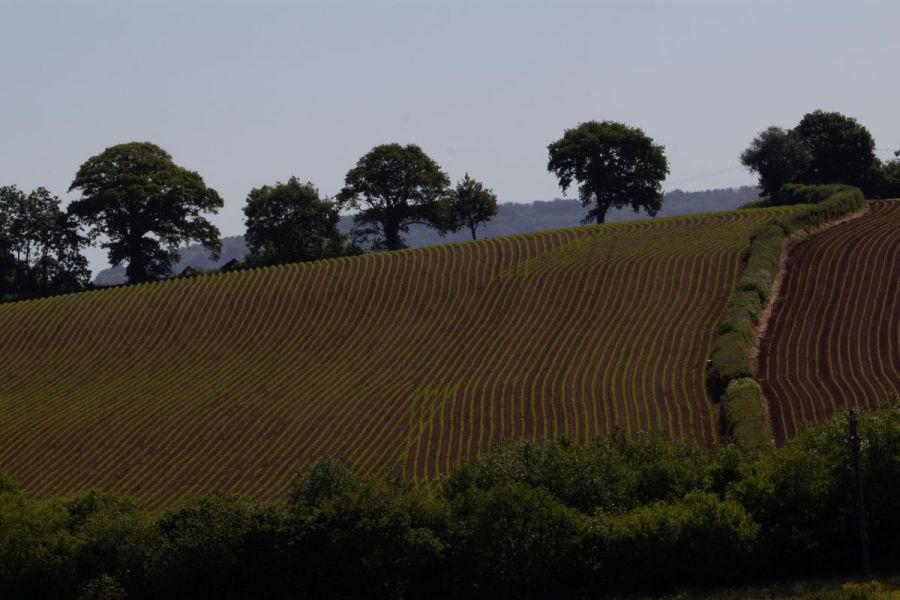By Richard Styles
At first, I thought it was an excellent idea to be paid good money for all those bits of land I can’t grow crops on and had been unable to claim throughout the evolution of subsidy schemes, from IACS to SFP to BPS. But this turned out to be a slightly wild idea and soon I was disillusioned with the whole thing. Well, what is natural capital?
Starting with hedges, according to the Government (as detailed in the Guide to Hedges, section six, annex 51) it has to have the correct number of species within it to be eligible. Then there’s how long is the hedge? Is it too long? Are there gaps within it? How long are these gaps? Are the gaps longer than the hedge itself? Then does it capture the amount of carbon as laid down in the aligned Carbon Capture formula (please see annex 68)?
Then we get caught up with what is a tree. Look there, it’s a tree! But no, apparently, it’s a bush so the qualifying payment must be reduced. Well can I call it a shrub and claim deferred payment when it grows? No, it must be a defined trunk size for that. It also has to have the requisite number of branches (please see annex 104 for branch numbers/metre high). All right, what about a sapling? Too small, not green enough and so it goes on and on. Providing lots of work for many earnest people but it may not actually achieve anything substantial on the bank balance.
When is a pond not a pond. It’s not one of the riddles that you get in a Christmas cracker but a serious question. It may well be a mere. No, it can’t be, too deep for that. A moat then? Not square enough. Well, what about a lake? Not big enough, besides the water needs to be mud coloured to qualify for the lake payment. Oh, and you can’t keep fish in it, unless they are sprats.
The worry is, we farmers will spend many hours of patient time filling in very complicated forms, with many pages where someone has pointlessly written, ‘this page has been deliberately left blank in the middle. A triumph of meaningless bureaucracy.
Can I include my garden within the scheme? Not if you enjoy yourself within in it. Do the family play it in? Then it qualifies as not enjoyable. Is it big enough as we only pay for 0.00001 of a hectare. Oh, and don’t include the children’s swing area or the gazebo. Well, what about a hide then? Do you watch birds or animals from it? Yes alright, birds are fine but no big game but don’t include geese, swans or cormorants…
By this time the application form is 74 pages long, 78 if you include the pages left blank with writing on. Would we all be better off with no subsidy payments at all? Certainly, the vast quantity of organisations that have grown up around direct payments would be against such an idea, as it would cut off their funding and future pensions. It would also lead to less interference from government and eventually lead to food shortages for certain goods as we would only grow what was profitable. Now that’s a novel concept, sorry, we have no onions this year as beans paid better. The old Biblical adage of feast and famine would once again rear its ugly head.
The defining problem is we have no Ministry of Food. It was thought, by the then Blair government, not important enough to worry over. We hear much today about the cost of food and the security of food, how important it is, but nothing happens. We spend an average of 8.2% of our disposable income on food eaten at home. To put that into comparison; the USA is lowest at 6.2% with Nigeria at 56.4%
I will freely admit to feeling my rage index rise as ‘experts’ on the TV tell me that food is now expensive. If you work for the Government and earn £75,000 a year and spent half that on food, your weekly food bill, not including toothpaste, toilet cleaning products or cling film, the food portion would be around £720 a week. All this is by way of saying that much western food policy is being written by people with full stomachs, with little or no thought to the future…
This article was taken from the latest issue of CPM. For more articles like this, subscribe here.
Sign up for Crop Production Magazine’s FREE e-newsletter here.




